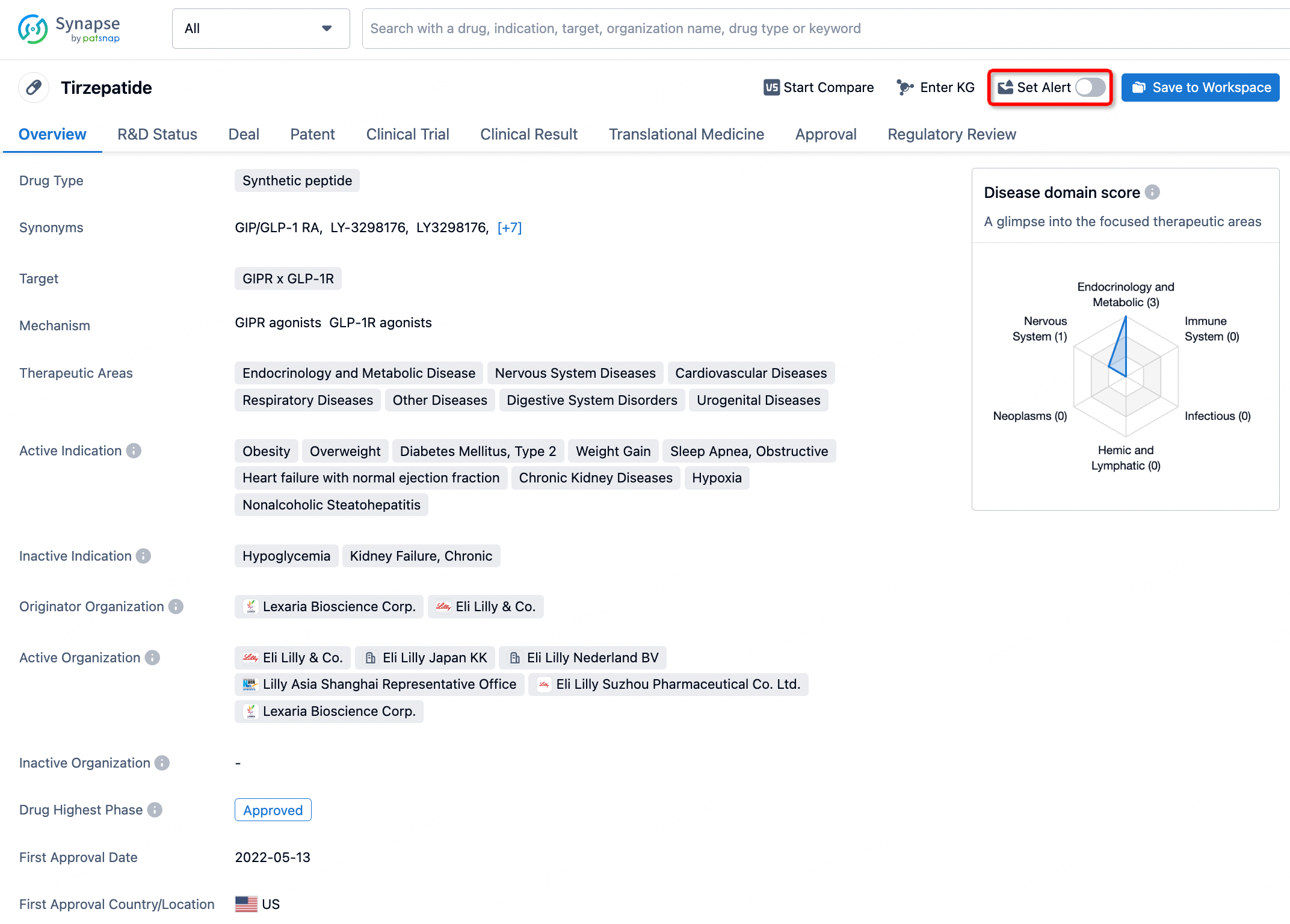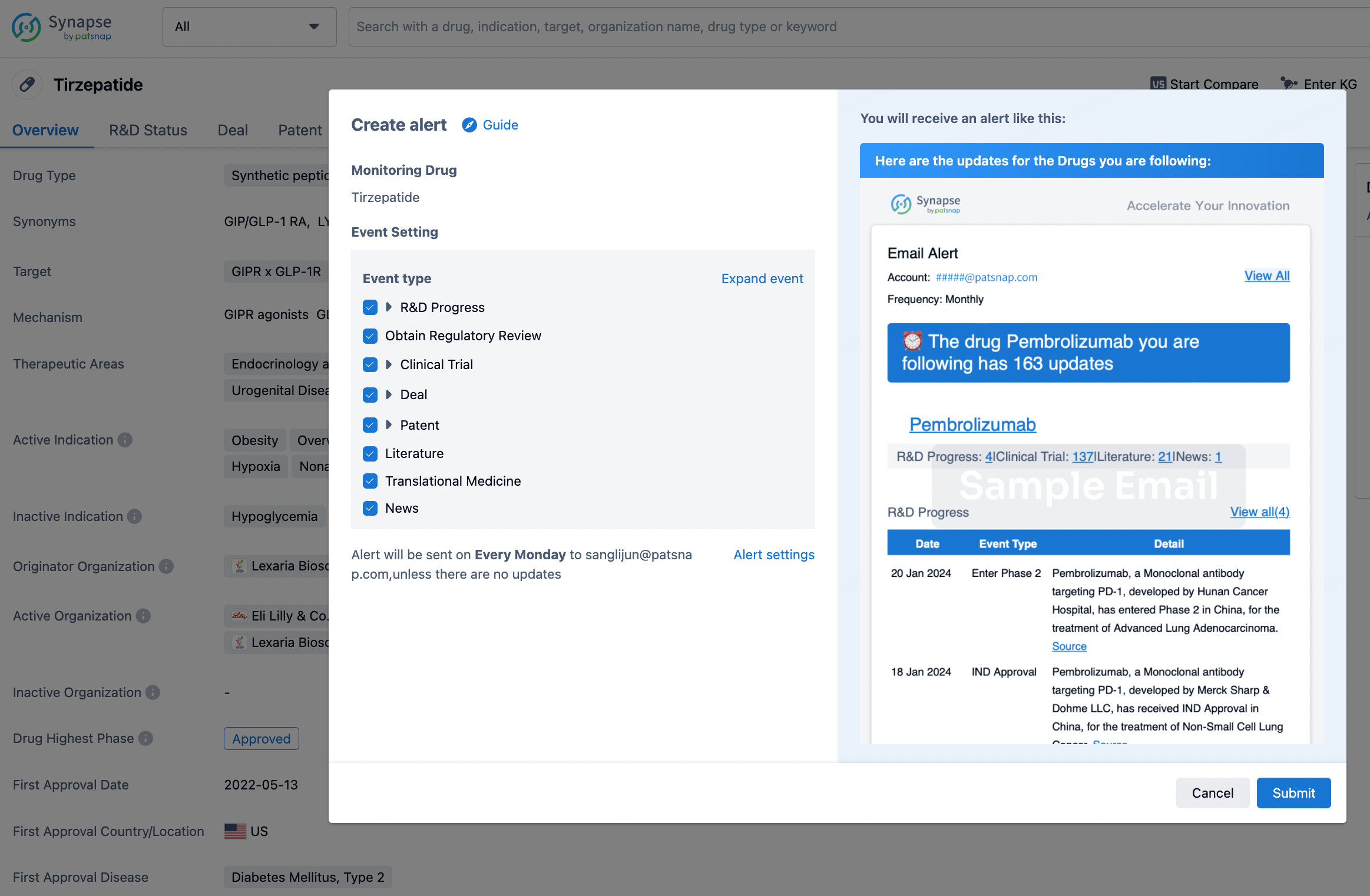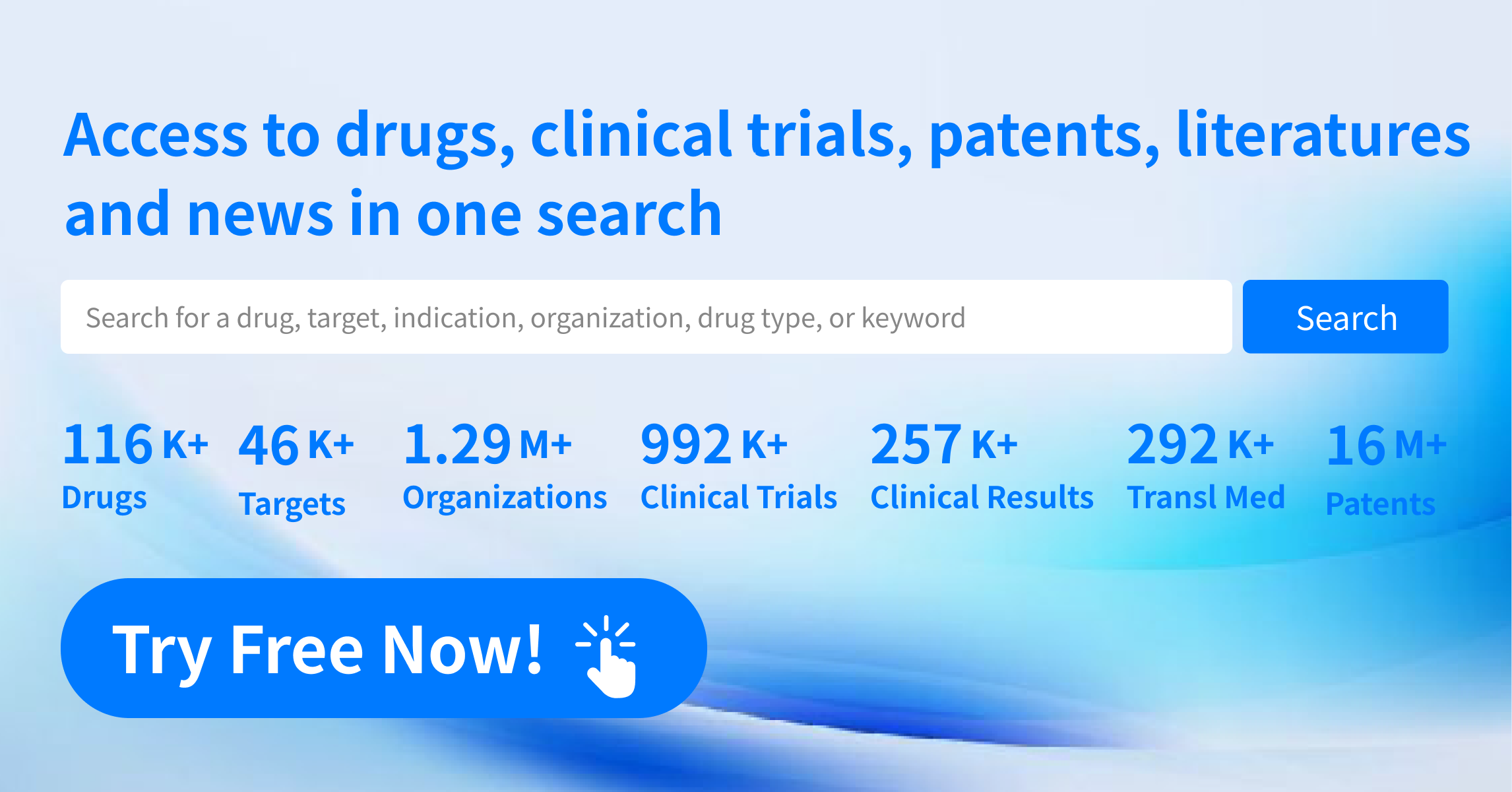Request Demo
What is the mechanism of Setiptiline Maleate?
17 July 2024
Setiptiline maleate is a tetracyclic antidepressant (TeCA) that has garnered attention for its unique pharmacological profile and efficacy in treating depressive disorders. Understanding the mechanism of Setiptiline maleate involves exploring its interaction with neurotransmitter systems in the brain, as well as its influence on various receptor sites.
Setiptiline maleate primarily functions through its action on the central nervous system. One of the key mechanisms by which it exerts its antidepressant effects is through the inhibition of norepinephrine reuptake. By blocking the reuptake of norepinephrine, Setiptiline maleate increases the concentration of this neurotransmitter in the synaptic cleft, thereby enhancing noradrenergic transmission. This increase in norepinephrine availability is thought to contribute significantly to the mood-elevating properties of the drug.
Additionally, Setiptiline maleate exhibits high affinity for histamine H1 receptors, functioning as a potent antagonist. The blockade of H1 receptors is associated with its sedative properties, which can be beneficial for patients with depression who also experience anxiety or insomnia. This antihistaminic activity might help improve sleep patterns and overall quality of life for those affected.
Furthermore, Setiptiline maleate has moderate antagonistic effects on serotonin 5-HT2 receptors. The inhibition of these receptors may help to balance serotonin levels indirectly, contributing to its antidepressant and anxiolytic effects. By modulating serotonin activity, Setiptiline maleate may help alleviate symptoms of anxiety that often accompany depressive disorders.
Its action on alpha-2 adrenergic receptors as an antagonist further contributes to its therapeutic profile. By blocking these inhibitory receptors, the drug enhances the release of norepinephrine and serotonin, which amplifies its antidepressant efficacy. The combined effect on multiple neurotransmitter systems underscores the versatility of Setiptiline maleate in managing depression.
Setiptiline maleate's multifaceted approach, targeting norepinephrine and serotonin pathways while also exerting antihistaminic and alpha-2 adrenergic blocking actions, distinguishes it from other antidepressants. This broad-spectrum activity can be particularly advantageous in treating complex cases of depression where patients exhibit a range of symptoms including mood disturbances, anxiety, and sleep disorders.
In conclusion, the mechanism of Setiptiline maleate involves a synergistic interaction with several neurotransmitter systems and receptor sites. By inhibiting norepinephrine reuptake, antagonizing histamine H1 receptors, modulating serotonin 5-HT2 receptors, and blocking alpha-2 adrenergic receptors, Setiptiline maleate offers a comprehensive approach to alleviating depressive symptoms. Its unique pharmacological profile makes it a valuable option in the therapeutic arsenal against depression, providing relief for patients who may not respond adequately to other treatments.
Setiptiline maleate primarily functions through its action on the central nervous system. One of the key mechanisms by which it exerts its antidepressant effects is through the inhibition of norepinephrine reuptake. By blocking the reuptake of norepinephrine, Setiptiline maleate increases the concentration of this neurotransmitter in the synaptic cleft, thereby enhancing noradrenergic transmission. This increase in norepinephrine availability is thought to contribute significantly to the mood-elevating properties of the drug.
Additionally, Setiptiline maleate exhibits high affinity for histamine H1 receptors, functioning as a potent antagonist. The blockade of H1 receptors is associated with its sedative properties, which can be beneficial for patients with depression who also experience anxiety or insomnia. This antihistaminic activity might help improve sleep patterns and overall quality of life for those affected.
Furthermore, Setiptiline maleate has moderate antagonistic effects on serotonin 5-HT2 receptors. The inhibition of these receptors may help to balance serotonin levels indirectly, contributing to its antidepressant and anxiolytic effects. By modulating serotonin activity, Setiptiline maleate may help alleviate symptoms of anxiety that often accompany depressive disorders.
Its action on alpha-2 adrenergic receptors as an antagonist further contributes to its therapeutic profile. By blocking these inhibitory receptors, the drug enhances the release of norepinephrine and serotonin, which amplifies its antidepressant efficacy. The combined effect on multiple neurotransmitter systems underscores the versatility of Setiptiline maleate in managing depression.
Setiptiline maleate's multifaceted approach, targeting norepinephrine and serotonin pathways while also exerting antihistaminic and alpha-2 adrenergic blocking actions, distinguishes it from other antidepressants. This broad-spectrum activity can be particularly advantageous in treating complex cases of depression where patients exhibit a range of symptoms including mood disturbances, anxiety, and sleep disorders.
In conclusion, the mechanism of Setiptiline maleate involves a synergistic interaction with several neurotransmitter systems and receptor sites. By inhibiting norepinephrine reuptake, antagonizing histamine H1 receptors, modulating serotonin 5-HT2 receptors, and blocking alpha-2 adrenergic receptors, Setiptiline maleate offers a comprehensive approach to alleviating depressive symptoms. Its unique pharmacological profile makes it a valuable option in the therapeutic arsenal against depression, providing relief for patients who may not respond adequately to other treatments.
How to obtain the latest development progress of all drugs?
In the Synapse database, you can stay updated on the latest research and development advances of all drugs. This service is accessible anytime and anywhere, with updates available daily or weekly. Use the "Set Alert" function to stay informed. Click on the image below to embark on a brand new journey of drug discovery!
AI Agents Built for Biopharma Breakthroughs
Accelerate discovery. Empower decisions. Transform outcomes.
Get started for free today!
Accelerate Strategic R&D decision making with Synapse, PatSnap’s AI-powered Connected Innovation Intelligence Platform Built for Life Sciences Professionals.
Start your data trial now!
Synapse data is also accessible to external entities via APIs or data packages. Empower better decisions with the latest in pharmaceutical intelligence.


